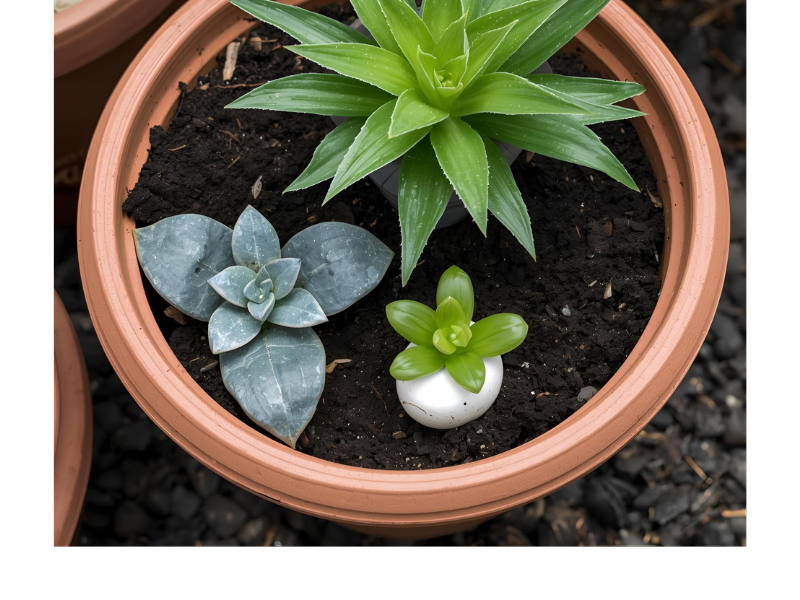The sight of a dog wearing a cone, officially known as an Elizabethan collar, can evoke both sympathy and slight amusement. However, for our canine companions, adjusting to life with a cone following an operation or desexing procedure is no laughing matter. It’s a necessary precaution to prevent them from licking or biting their wounds or surgical sites, ensuring a safe and smooth recovery. Pets R.I.P, deeply committed to the welfare of pets and the peace of mind of their owners, offers practical tips for helping your dog adjust to wearing a cone, transforming a potentially stressful experience into a manageable, even positive, recovery period.
Understanding the Purpose of the Cone
The cone serves a vital role in your pet’s recovery process by acting as a barrier, preventing direct contact with healing wounds. Whether it’s after desexing, an injury repair, or any surgical procedure, the cone ensures that the area remains clean and undisturbed, significantly reducing the risk of infection or complications.
Ensuring the Right Fit
Not all cones are created equal, and ensuring a proper fit is crucial. A well-fitting cone should be snug around your dog’s neck (but not too tight) and extend beyond their nose to effectively block access to their body. Consult with your vet to find the appropriate size and style for your dog, considering alternative options like soft cones or inflatable collars if your pet seems particularly uncomfortable.
Feeding and Drinking Adjustments
Eating and drinking with a cone can be challenging for dogs. You may need to raise their food and water bowls to a more accessible height or use wider, shallower dishes to accommodate the cone’s width. Monitoring your dog during meal times to ensure they’re able to eat and drink comfortably is essential, making adjustments as needed.
Navigating the Home Environment
Your dog’s spatial awareness will be compromised with a cone. Clearing pathways in your home and securing or removing obstacles that might catch or snag the cone can help prevent accidents or injuries. Paying extra attention to their movements, especially in tight spaces, ensures they can navigate their environment safely.
Promoting Comfort and Rest
Rest is a crucial component of recovery. Creating a comfortable, accessible resting area for your dog, where they can lie down and sleep without the cone causing discomfort, is important. Soft bedding and a calm, quiet environment will encourage relaxation and healing.
Maintaining a Routine
Keeping to a familiar routine as much as possible can help your dog adjust more quickly to wearing a cone. Regular, gentle walks (if permitted by your vet), consistent feeding times, and plenty of affection will reassure your pet and promote a sense of normalcy during their recovery period.
Monitoring and Patience
Regularly check the condition of your dog’s skin around the neck for any signs of irritation from the cone and inspect the surgical site (as recommended by your vet) to ensure it’s healing properly. Patience and gentle encouragement are key — your dog will rely on you for support and reassurance throughout their recovery.
Conclusion
Adjusting to life with a cone is a temporary but necessary challenge for many dogs post-operation. By providing the right support, accommodations, and a lot of love, pet owners can make this period as comfortable as possible for their furry friends. Pets R.I.P understands the anxieties pet owners face when their pets are recovering and offers these tips to help ease the process. Remember, every day with a cone is a day closer to recovery and returning to happy, healthy days with your beloved companion.





